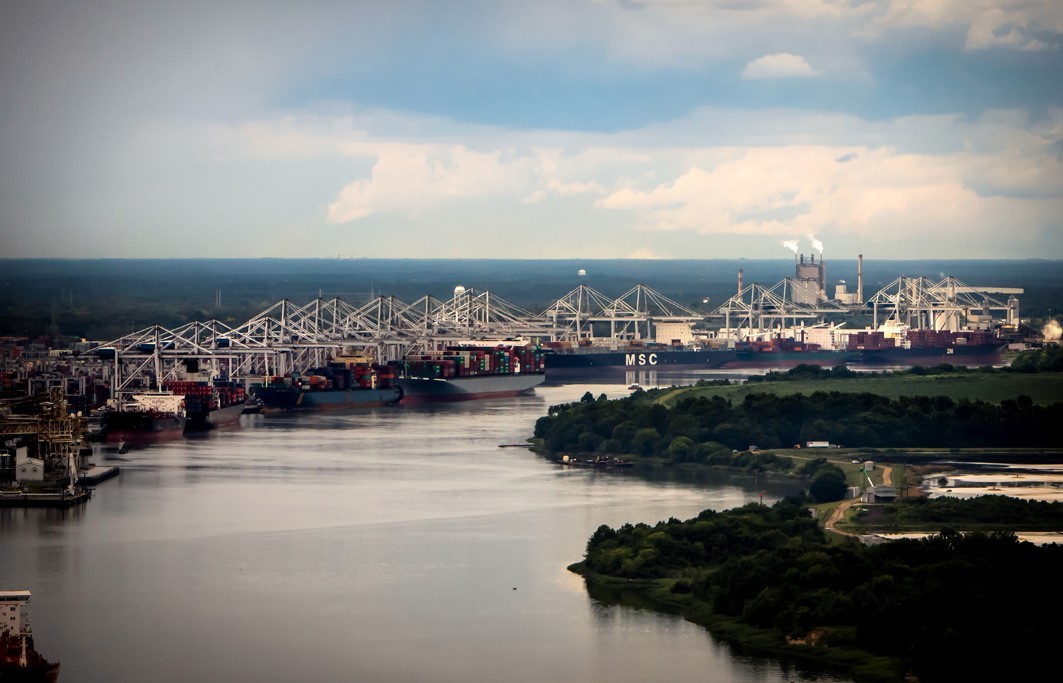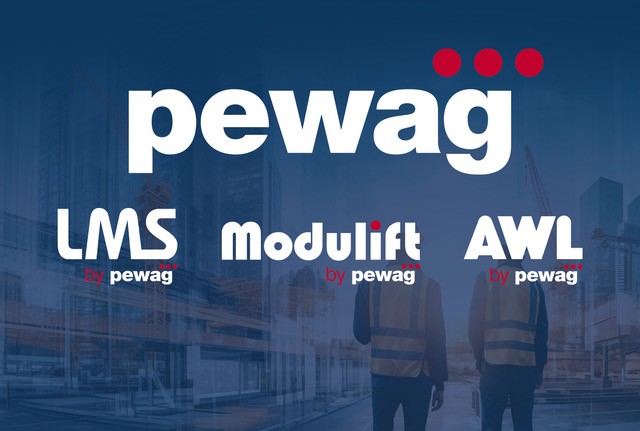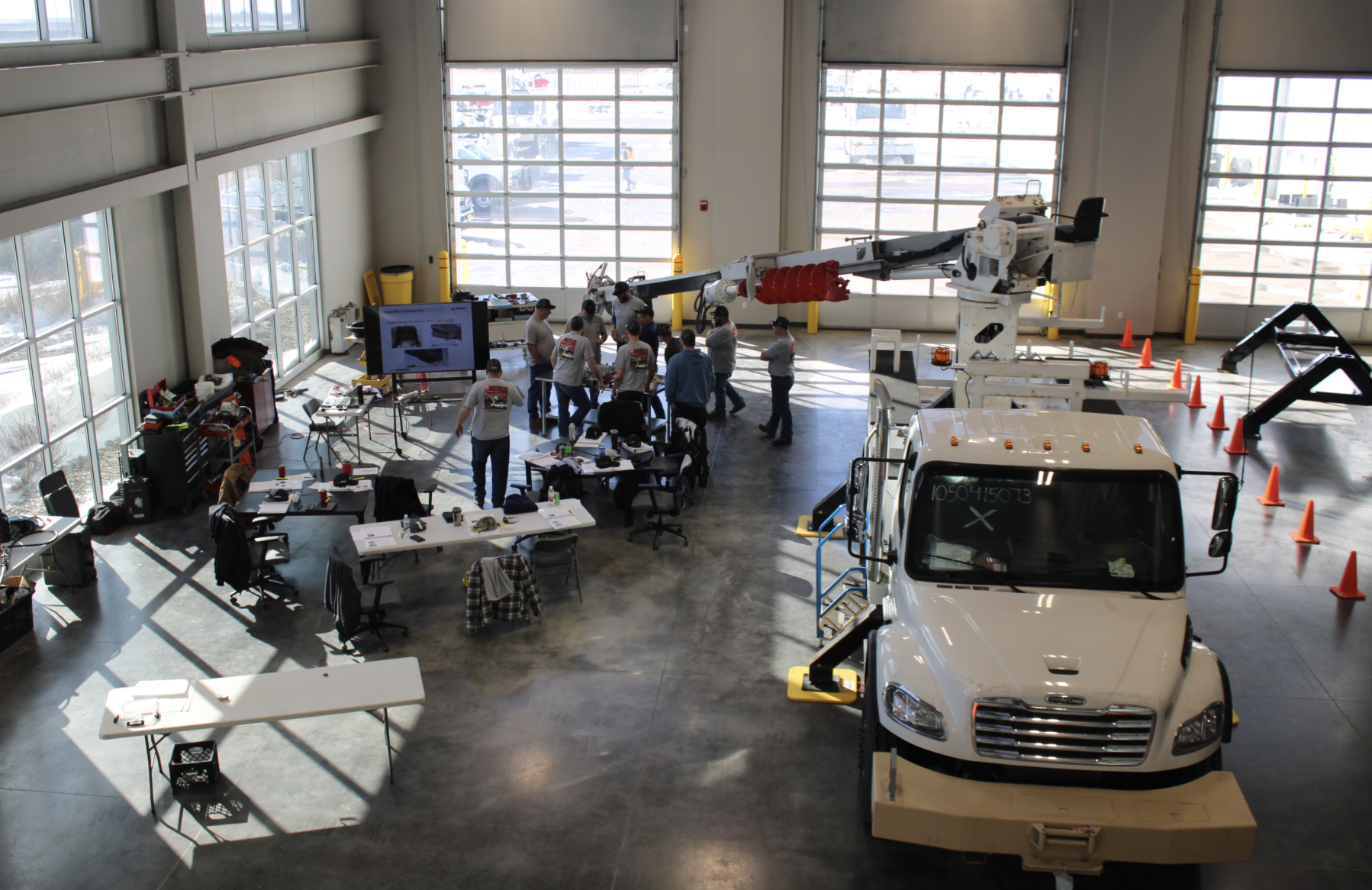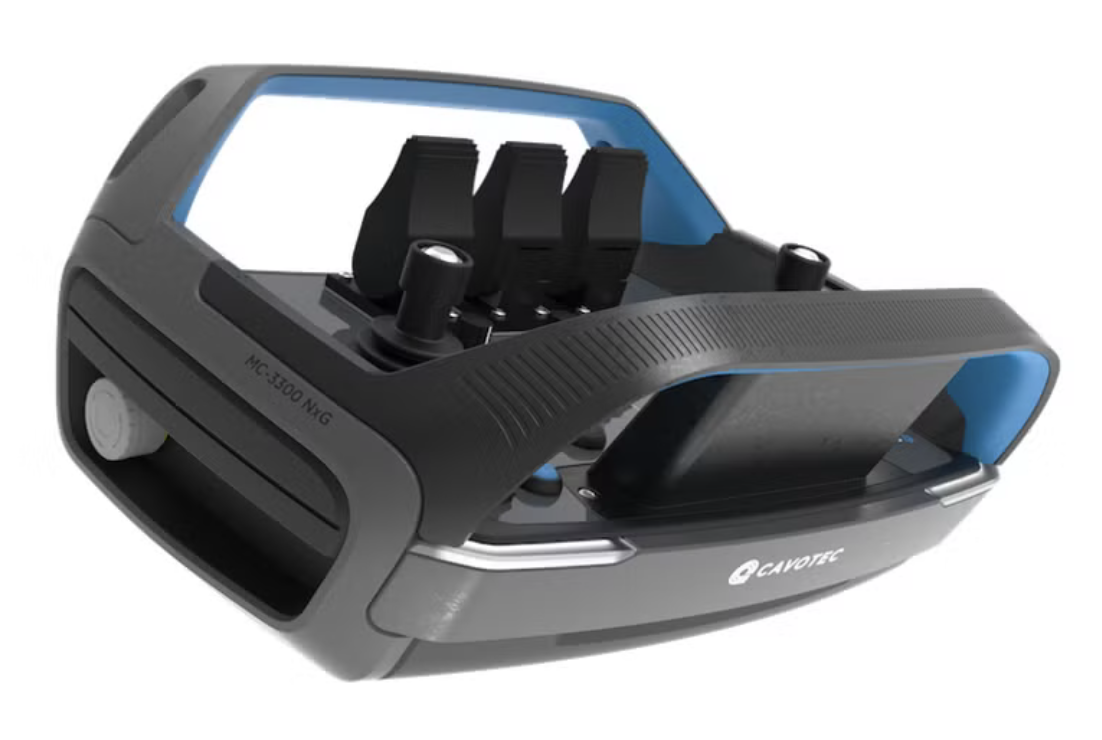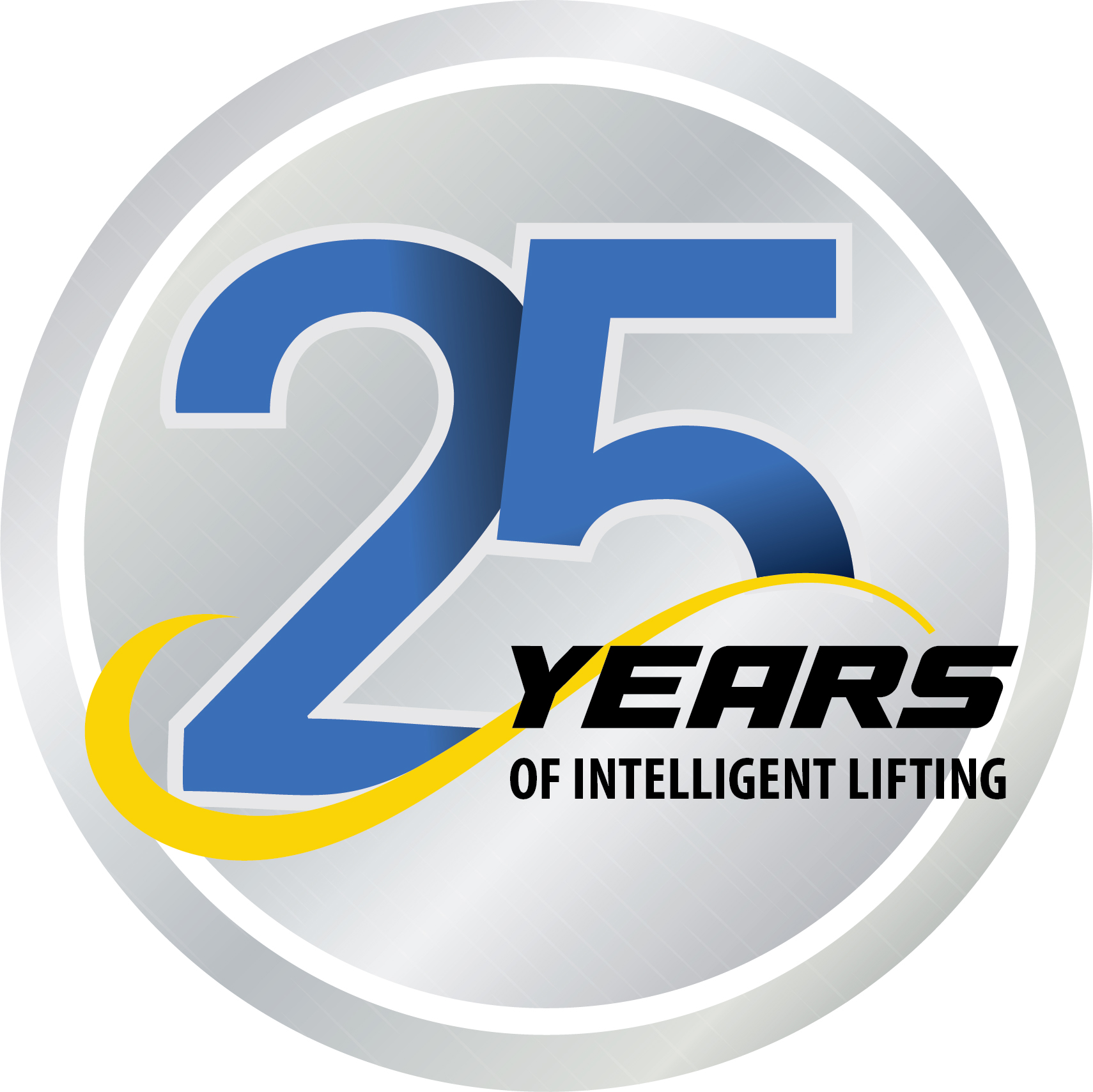Ship-to-Shore Cranes for Port of Savannah, Georgia
The Georgia Ports Authority (GPA) has ordered four more ship-to-shore (STS) cranes from Konecranes for the Port of Savannah, Georgia. The order was received in December 2015 and delivery will be in the first half of 2018.
The Konecranes STS cranes currently on order have a lifting capacity of 66 tons, an outreach of 61m, and a lifting height of 46m above the dock. “Even before the new cranes arrive, Savannah has more cranes on its nearly two-mile long dock than any other single terminal in North America,” said GPA executive director Curtis Foltz.
In 2015 the Port of Savannah moved an all-time high 3.73 million TEUs (twenty-foot equivalent container units), an increase of 391,356 TEUs, or 11.7%, compared to 2014.
“The expansion was fuelled in part by heightened demand in the U.S. southeast, Savannah’s logistical advantages drawing new customers to Georgia, and cargo diverted from the West Coast,” said Foltz.
The Port of Savannah currently operates 116 Konecranes rubber-tired gantry (RTG) cranes with additional 30 RTGs in the delivery pipeline. It also currently operates 22 Konecranes STS cranes with four in the delivery pipeline for 2016, and four more in 2018 for a total of 30.
The STS crane engineering is carried out in Finland, and the key components are from Europe. The heavy structures are manufactured in China.
The crane purchases, along with the ongoing Savannah Harbor deepening, anticipate the opening this year of an expanded Panama Canal. This will provide an important new route for larger vessels calling on the U.S. East Coast, which will shift from an average current capacity of 4,500 TEUs to more than 10,000 TEUs.
“Our relationship with the GPA goes back to 1990, when we delivered our first STS crane to Savannah,” said Tuomas Saastamoinen, sales and marketing director, Konecranes, port cranes. “With each container crane delivery over the years, we have made improvements, fine-tuning our technology in cooperation with the GPA, to constantly improve efficiency and reliability. The STS cranes on order now are the latest products of this process,” said Saastamoinen.


